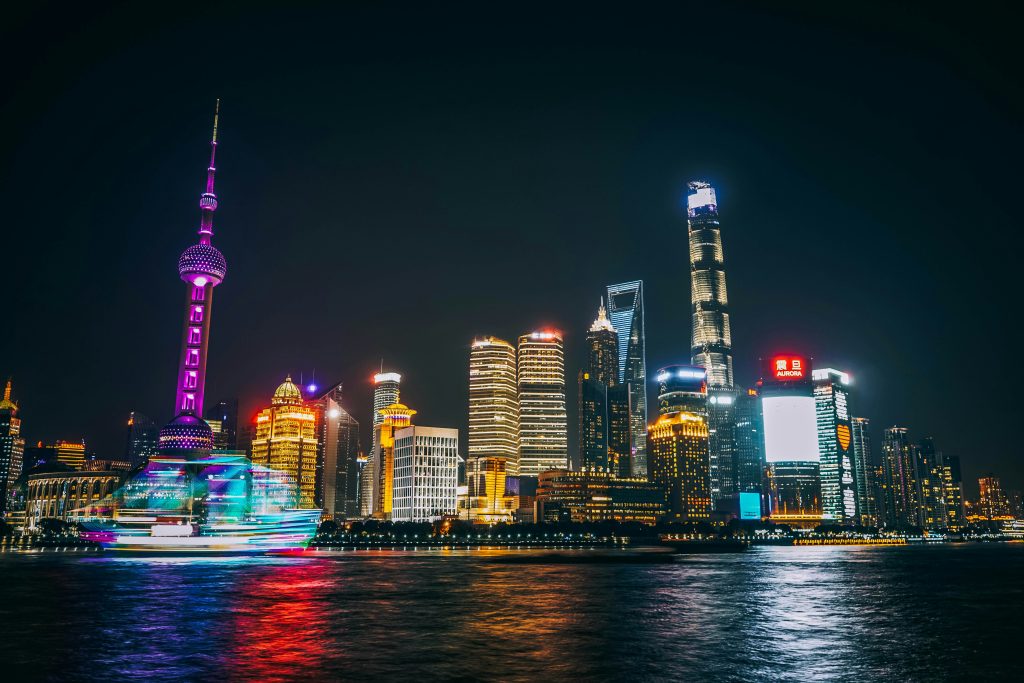We have been battling against urban light pollution, because let’s be honest, we all miss the stars that have been blocked out by the bright city lights. However, the answer comes in the form of SDGSAT-1, a satellite developed by Chinese scientists. This earth science marvel is making extremely fast progress in analyzing the effects of modern lighting on cities. The team behind this innovative approach, hailing from the Aerospace Information Research Institute of the Chinese Academy of Sciences, has showcased a method that could change the way we light up our urban nights.
While LEDs cut down on carbon emissions, it increases the blue light pollution levels
The transition to energy-efficient lighting, mainly through LEDs, has been a double-edged sword. While cutting down on carbon emissions, it’s introduced a new challenge: blue light pollution. In turn, this not only affects human health but also disrupts wildlife and wastes energy. The need for a solution has never been more pressing.

Enter SDGSAT-1, a satellite equipped with the capability to discern various light sources with incredible accuracy. By focusing on Beijing, the scientists have demonstrated a 92 to 95 percent success rate in identifying different types of artificial light at night (ALAN) and streetlights. This high-resolution, multispectral analysis is a game-changer, offering a clear picture of how light pollution varies across different parts of the city.
This study doesn’t just highlight problems; it opens the door to smarter urban planning. With detailed insights into the spatial distribution of light pollution, city planners can now make informed decisions on reducing its impact. The data points to significant differences in lighting based on road types and streetlight technologies, underscoring the role of thoughtful infrastructure development in mitigating pollution.
Launched with the aim of supporting the U.N. 2030 Agenda for Sustainable Development, this satellite provides invaluable data for monitoring how we interact with our environment. Last year’s release of the world’s first urban nighttime light atlas, covering 147 cities across 105 countries, is just the beginning.
RELATED:
- China’s New Telescope, JUST, will Hunt Exoplanets Throughout the Universe in Two Years
- Oppo Introduces a Free Shared Power Bank Service for Users in China
- Xiaomi 13 Ultra Premium Camera Phone is now only $799
- Best of CES 2024 – Products that stood out this year!
(Via)






